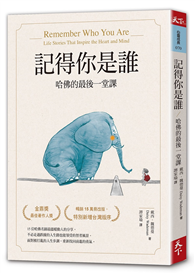Starting in the mid-1960s, comics rapidly evolved into a highly creative art form for a sophisticated readership: in France, the magazine Hara-Kiri provided new terrains for graphical humor, while the adventures of Jean- Claude Forest’s Barbarella were published in albums by Éric Losfeld; the launch in Japan of Garo in 1964, an avant-garde monthly, introduced the concept of auteur comics; and the release of Robert Crumb’s Zap Comix in 1968 established his reputation as the leader of the underground comics movement in the United States.
This major historical survey of the so-called "ninth art" establishes a dialogue between the three leading regions of comic book culture--Europe, Asia, and America--and offers an immersive odyssey through the medium’s development over six decades, ranging from the explosion of the twentieth-century counterculture scene to the most abstract contemporary styles.
Built around twelve themes encompassing its many worlds, Comics features artists including André Franquin, Gotlib, Claire Bretécher, Osamu Tezuka, Moebius, Edmond Baudoin, Alison Bechdel, Ulli Lust, Art Spiegelman, Marjane Satrapi, and Chris Ware, as well as introductions on each theme by leading authorities of the form, a brand-new interview with renowned cartoonist and journalist Joe Sacco, and a foreword by Paul Gravett.












